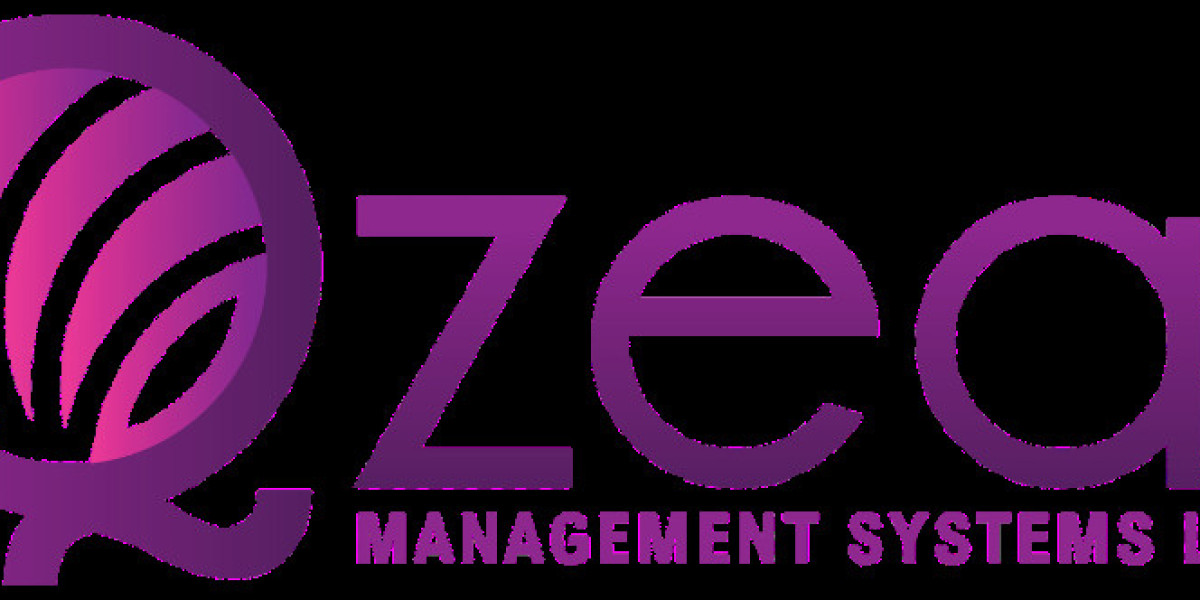In today’s fast-paced digital age, businesses and individuals constantly seek ways to enhance engagement and provide immersive experiences. Extended Reality (XR) solutions—encompassing Virtual Reality (VR), Augmented Reality (AR), and Mixed Reality (MR)—are stepping up as game-changers, offering transformative tools for industries worldwide.
As this cutting-edge technology continues to evolve, let’s explore why extended reality solutions are making waves, their impact on various sectors, and how they are shaping the future of digital interaction.
What Are Extended Reality Solutions?
Extended Reality (XR) is an umbrella term that combines VR, AR, and MR technologies. These technologies work together to blur the boundaries between the digital and physical worlds:
- Virtual Reality (VR) creates fully immersive environments through headsets and sensory devices.
- Augmented Reality (AR) overlays digital elements in real-world settings, enhancing what users see through devices like smartphones or AR glasses.
- Mixed Reality (MR) combines the two, allowing digital and real-world objects to interact seamlessly.
By harnessing XR solutions, industries can create engaging, innovative experiences for their users, whether for entertainment, education, or business applications.
Industries Benefiting from XR Solutions
The versatility of extended reality solutions has unlocked new opportunities across various sectors. Let’s delve into some key industries reaping the benefits:
1. Healthcare and Medicine
Healthcare professionals use XR solutions for advanced training, patient education, and complex surgeries. Virtual simulations provide safe environments for medical practitioners to refine their skills. For instance, AR applications allow surgeons to visualize internal organs in real-time, reducing risks during operations.
2. Education and Training
Traditional learning methods are undergoing a transformation with XR. Students can engage with immersive educational tools that make learning interactive and memorable. Imagine a history lesson where students virtually walk through ancient civilizations or a biology class dissecting 3D virtual organisms.
Corporate training also benefits significantly from XR solutions. Employees can practice workplace scenarios, such as operating machinery or handling emergencies, without physical risks.
3. Retail and E-commerce
Online shopping has become more interactive with AR-powered tools. Customers can visualize products in their homes before purchasing—think virtual furniture placement or trying on clothes through AR mirrors. These applications help reduce buyer hesitation and returns, boosting sales and customer satisfaction.
4. Entertainment and Gaming
XR has revolutionized how we consume entertainment. Immersive gaming experiences and virtual concerts bring audiences closer to the action, creating unforgettable moments. The ability to engage audiences in such dynamic ways sets XR apart in the entertainment industry.
5. Real Estate and Architecture
Gone are the days of relying solely on blueprints and 2D imagery. XR allows architects and real estate developers to present 3D walkthroughs of properties, enabling clients to experience spaces before construction is completed.
6. Manufacturing and Design
XR applications in design and manufacturing help engineers and designers visualize prototypes in 3D, identify potential flaws, and improve accuracy. This leads to reduced production costs and time.
Benefits of Extended Reality Solutions
The adoption of extended reality solutions offers numerous advantages:
- Enhanced Engagement: XR creates immersive experiences, capturing user attention like never before.
- Increased Accessibility: Remote XR applications allow individuals to engage with content without needing physical proximity.
- Cost Savings: Virtual simulations and digital prototypes reduce the need for physical resources, cutting costs.
- Personalization: Businesses can use XR to tailor experiences, such as customized AR ads or virtual store tours.
- Innovative Storytelling: XR offers unique ways to narrate stories and present information, leaving a lasting impact on users.
Challenges in Adopting XR Solutions
Despite its transformative potential, XR adoption is not without challenges:
- High Initial Costs: Developing XR applications requires significant investment in hardware and software.
- Technical Limitations: Current XR devices have limitations in resolution, field of view, and processing power.
- User Accessibility: Not all users have access to advanced devices needed for XR experiences.
- Content Creation: Creating engaging and high-quality XR content demands expertise and resources.
However, as technology advances and becomes more affordable, these barriers are gradually diminishing.
The Future of Extended Reality Solutions
The future of XR solutions is promising. With rapid advancements in AI, 5G, and wearable technology, XR will become more sophisticated and accessible. Businesses are expected to integrate XR into their digital strategies more deeply, enhancing customer experiences and operational efficiency.
In the coming years, XR could play a significant role in bridging the gap between remote workforces, creating virtual offices where teams can collaborate as if they were in the same room.
How to Get Started with XR
For businesses considering adopting extended reality solutions, here are a few steps to get started:
- Define Objectives: Identify specific goals XR can help achieve, such as improving customer engagement or streamlining training.
- Choose the Right Platform: Determine whether VR, AR, or MR best suits your needs.
- Partner with Experts: Collaborate with XR developers and agencies to create tailored solutions.
- Start Small: Test XR solutions with pilot projects before full-scale implementation.
- Gather Feedback: Continuously refine XR applications based on user feedback to ensure effectiveness.
Conclusion
Extended reality solutions are more than just a technological trend—they are a pivotal force reshaping how we interact with the digital world. From transforming industries to enhancing daily experiences, XR is set to define the future of technology and human interaction.
As businesses and individuals embrace XR, the possibilities for innovation are limitless, paving the way for a more immersive and connected digital experience.








